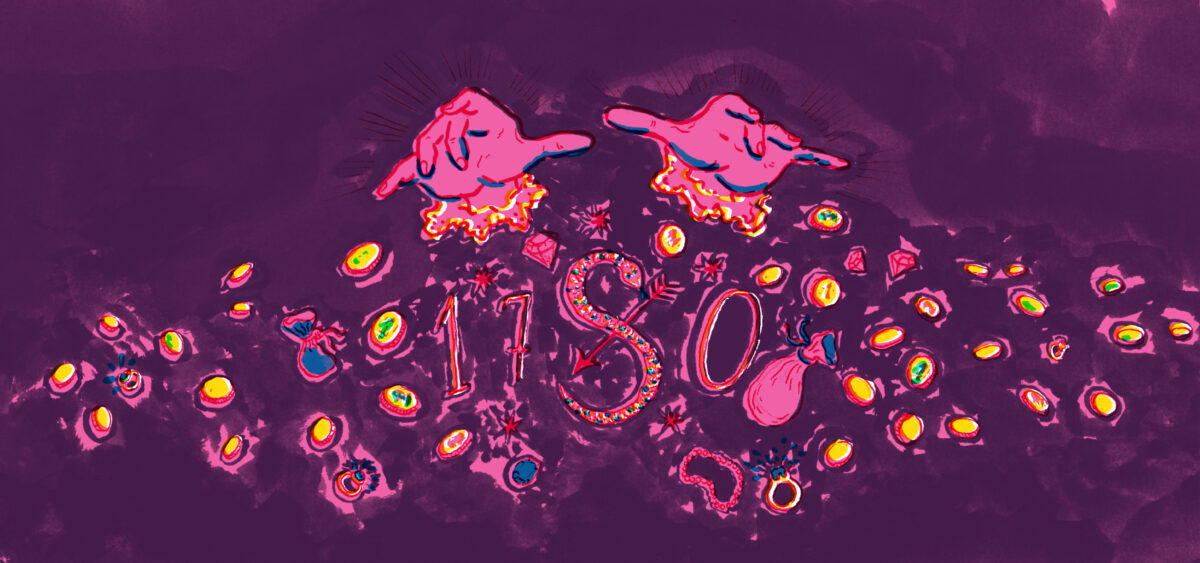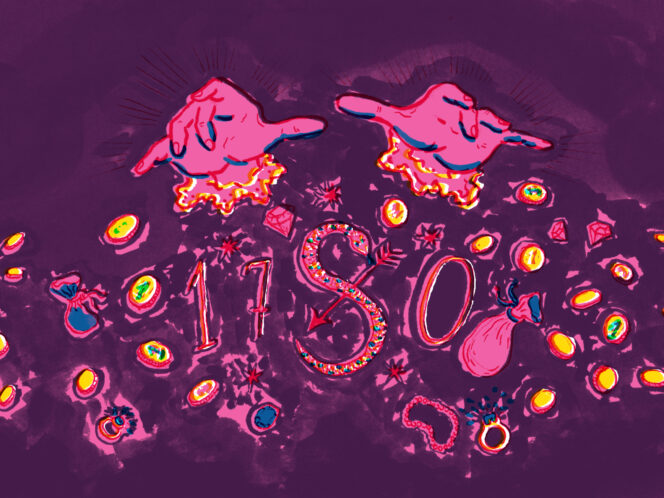
After his failed attempt to turn lead into gold in front of his students, the disgraced alchemist Cagliostro disappeared from Warsaw. “Gone! He fled, and even his students did not try to stop him! He instructed one of them to keep watch over a lamp and the Alchemical Egg, promising that very soon, he would send a pinch of powder as proof of his reputability. Other adepts were so cruel they did not even come out to bid him farewell when he was mounting the carriage. And so he vanished into thin air,” wrote Count Moszyński, who exposed one of the most impudent swindlers of the 18th century, the age of reason. For the great Cagliostro, this was the beginning of the end.
The young wolf of Sicily
Giuseppe Balsamo,








